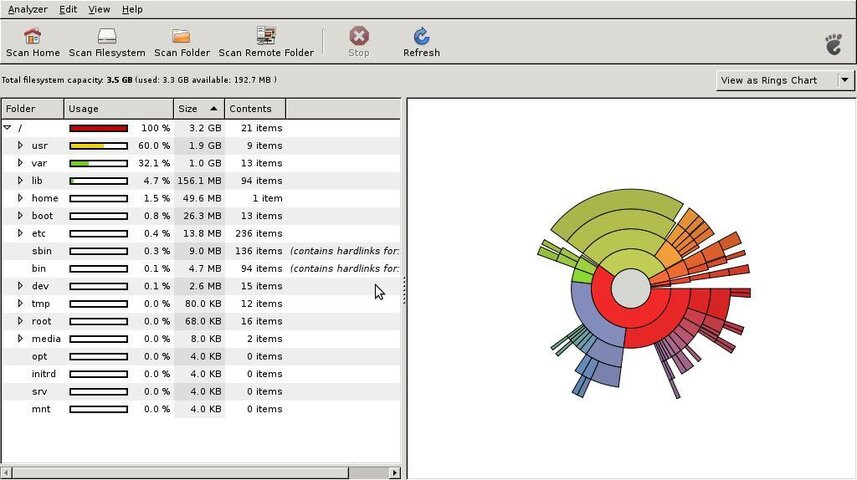Does anyone here know how I can add a second drive and had the first drive see the entire thing?
I have an EEE PC and it has 4GB internal SSD. I have a 16GB SDHC card and would like for the PC to see both as 20GB.
I have an EEE PC and it has 4GB internal SSD. I have a 16GB SDHC card and would like for the PC to see both as 20GB.


